I am writing this blogpost in such a time when, forget about restaurant food, you can’t even go out of your home. It’s probably day-42nd for the home-quarantine during the Coronavirus outburst and honestly, I’ve lost the count of days. Now you may ask me a very simple and valid question- why am I writing on these places in this turbulent time. The answer, my friend, is quite simple. One day, someday, this too shall pass and we’ll come back stronger. Life will be happier and people will actually look forward to seeing others. And I hope people will stick to their (so-called) new-found passion for food. And then, my friend, this article during corona lockdown, will come in handy.
And lastly, we are content writers, even if we don’t survive this state, the content on Mohamushkil will stay forever. So, here is stories on Thakurbari r khaoadaoa, written by guest writer and my friend Kaushik Majumdar
For every self-respecting Bong, 25 se Boisakh is nothing less than a celebration. The great poet and visionary Rabindranath Tagore was born on this date in 1862 AD. And this date, 25 Boisakh (in Bengali calendar) is celebrated as Rabindra Jayanti everywhere. Rabindranath Tagore is one of those persons, who we treat as our idols. But few of us know that apart from being a poet, artist, and founder of a university, he was also a great foodie. The Tagore family had a massive influence on the entire Bengali race. And honestly, after the Bawarchikhana of Prince Dwarakanath Tagore, Rabindranath had exposure to the European cuisine during his visit abroad. Also to mention, even at that time, women in the Tagore family were highly educated and adventurous- at least in the culinary front. And thus an interesting cuisine was evolved at the Kitchen of Tagores and this blog post is a tribute to that.
Story of the thousand years egg- to start with
When Rabindranath Tagore visited China, as the saying goes, the Chinese made a grand feast to greet the great poet and mystic from India. Professor Kshitimohan Sen (grandfather of Amartya Sen) and the famous painter NanadalalBasu were amongst the other delegates. They served their most coveted delicacy The Thousand Years’ Egg (also known as Century Egg). Traditionally these are made by preserving chicken or duck eggs in a mixture of salt, lime, and ash, then wrapping in rice husks for several weeks. During this time the pH of the egg raises transforming the egg, the chemical process breaks down some of the proteins and fats into smaller, more complex flavors. Believe me, the flavors are not good at all for the Bengali palate.
Rabindranath started eating them. So the other two were compelled to do the same. The fruit of this misadventure began to ripe at night. Nandalal suffered severe pain in belly and Kshitimohan spent most of the night inside the loo. The next day, both of them were pale but Gurudev was as healthy as a horse. At last, Nandalal asked him how he could eat several eggs and was unscathed. With a little smile, he replied ‘Because I have not consumed them.’
‘How can Gurudev? We saw that you are eating them. One at a time!’
‘I passed them through my long beard and deposited all of them on my lap through my long cloak.’ ….. Well, presence of mind saved him at that time.
… and Mrinalini Devi
But it is true that like all other cultural arenas, the Tagores also excelled in the field of cooking and that refelcted at the Tagore’s kitchen. They had made their own impression and was a trendsetter. True gourmet and never hesitated in experimenting with foods. Mrinalini Devi, the wife of Rabindranath, was a great cook. Some of her signature dishes were rice mango in rice, Chutney of ripe pointed gourd, a mouthwatering sour dish made up of aubergine, ber, amla, and sesame. At the end of lunch and dinner, dessert and curd was mandatory. Mrinalini made a special kind of Gaja which Rabindranath named Elojhelo and later named the same as Paribondho.
Rani Chanda and the book “Gurudev”
In later days, Rabindranath was never sure what is good to eat. An excellent anecdote was given by Rani Chanda, the wife of his secretary Anil Chanda (and the mother of the little boy Abhijit Chanda, whom most of you can see on the internet with a caption Little Satyajit Ray beside Rabindranath) in her book Gurudev. Someone came to him and told raw egg is best for health. For one month he lived only on raw eggs along with salt and pepper for breakfast, lunch, and dinner. Then someone came and convinced him that it is raw vegetables, not an egg, which is nutritious. He started eating the same for couple of weeks with pinch of salt and dash of lemon. Then came the famous sorbet made of Neem leaves. But those were extremities. It is a documented fact that Rabindranath in his youth liked to eat various delicious foods. He was the secretary of KhamkheyaliSobha, and after each session of the meeting, the guests were presented with many exotic foods. Well, I must say, Tagore’s Kichen has seen some varieties ….
Personally, Rabindranath liked Hilsa Fish, Chitol Fish, Moong Dal, and Prawn Malay Curry. Kebabs were amongst his favorites. He loved to savour Mitha Kebab, Hindusthani Turki Kebab, and Chicken Nosi Kebab. He likes to begin with Sukto and end with good Mitha Paan. In the same book by Rani Chanda, Rabindranath claimed that at his youth, he used to experiment a lot with cooking and he himself invented the recipe of Jalebi from Arum, though he forgot the actual recipe. He also boasted that the Arum Jalebi was tastier than normal Jalebi.
Experiments and weird experiments
The experiment with food was a trait of the Tagore’s kitchen. Abanindranth Tagore, the nephew of Rabindranath literally started a cooking class where various bizarre culinary experiments were made. He had a cook, named Radhu who was his man Friday. They used to change the traditional cooking methods just by altering them. The ingredients to be fried were boiled and vice versa. After each experiment, the new food was christened. Thus came the famous ‘Murgir MacherJhol’ and ‘Macher Mangser Curry’ (simply Chicken Fish Stew and Fish Mutton Curry, I do not know what that means ). Once the famous poet Jasimuddin came to the class and contributed by making Joshi Kebab.
Amongst the ladies of Tagore family, Mrinalini was a very good cook and she loved to cook. In every house party, she was the head cook. The saying goes, the trademark Luchi of Tagore family with only 3-inch radius, was actually her recipe. A simple, light but nutritious food she used to cook was ‘Panthar Bangla’ (The Bengali Mutton). When Rabindranath was ill and came back to Jorasnako from Kalimpong in 1941, this very item was prepared for him so that he can regain his strength.
Pragyasundari Devi and the first ever Bengali menu card
Apart from Mrinalini, another famous cook of the Tagore clan was Pragyasundari Devi. Pragyasundari Devi was the daughter of scientist Hemendranath Tagore and the sister of Purnima Devi. Rabindranath Tagore was her uncle. On 7th May 1911, in the banquet of Rabindranath’s 50th Birthday, she made a special barfi for him named‘Kabi Sangbordhana Barfi’. Everyone was delighted and no one could guess the recipe. At last, she confessed that she made it with cauliflower. None believed at the first chance. That very banquet is historical in another aspect. Pragyasundari used the first Bengali menu card for the guests and named it ‘Kromoni’.
Later, Pragyasundari was to marry a young writer, Lakshminath Bezbaroa, who came to be considered the father of modern Assamese literature. Bezbaroa was also an expansive gourmand. It was his idea that Debi must publish her recipes — a truly novel idea at the time — and after a great deal of hesitation, she mined her notebooks to publish a volume of vegetarian delicacies. It was the first decade of the 20th century, cookbooks were rare, and surprising all expectations, her debut edition sold out quickly. Over the years, Debi published two volumes of vegetarian and two volumes of non-vegetarian recipes, a book of Assamese recipes, and one final book that collected all manner of pickles and preserves. The book stayed out of print for many decades till Debi’s granddaughter Ira Ghosh undertook the mammoth task of editing a fresh new edition of Amish o Niraamish Aahaar. She is also credited with inventing a number of dishes to which she gave fancy names such as Rammohan dolma pillau” after the great Bengali 19th century reformer.
Indira Devi
Not everyone in the Tagore’s kitchen were great cooks, few were good documentors as well. Indira Devi never stepped into the kitchen but was very much interested in exotic recipes. Whenever she had something delicious, she called the cook and wrote down the recipe. Later Purnima Tagore got hold of that notebook and published it along with some recipes of her own mother. The book is called Thakurbair Ranna.
Renuka Devi Chowdhurani
Another woman who wrote a cookbook from that family was Renuka Devi Chowdhurani. Her two books ‘Rakamari Aamish Ranna’ and ‘Rakamari Niramish Ranna’ was the best sellers at that time. and they probably are even today. I would like to conclude with a recipe of Chang Patha, which was documented there. It’s something which needs resources to be kept in handy- but is said to be worth the trouble.
Here a little kid Goat should be removed at the weaning stage from its mother. It should be well kept on a high loft, so that its movement is less and the muscles remain tender. It should be fed only with grams (husk removed), rose water and soft grass. When it becomes bigger and juicy after some months, only then you take him down and make a feast of it
If you think it’s too much, you know nothing about another delicacy of that book Duck Roast where you should feed the duck for several months with curd rice and fifty-nine types of fried feed for making it ready to roast. Well, Tagore’s Kitchen and its stories … Thakur bari has been pioneer in many things. When culture and an open-mind meet affluence, the result is normally pretty encouraging for the society. And that has happened at the Tagore’s kitchen.
Well, these are few stories and I am sure there are many more untold ones. If you come across any, please let me know so that I can update this post. Also, if you have any other pictures related to this, please share to me … Thanks in advance
This blogpost is written by my friend Kaushik Majumdar
Kaushik Majumdar, Occasional Blogger. Author of several books including Comics Itibritto, Holmesnama, Magajastra, Topser Notebook and many others. Edited several books including food Kahini by Indrajit Lahiri. Recently he himself wrote a book on the bizarre and funny stories of World Food History called NOLA


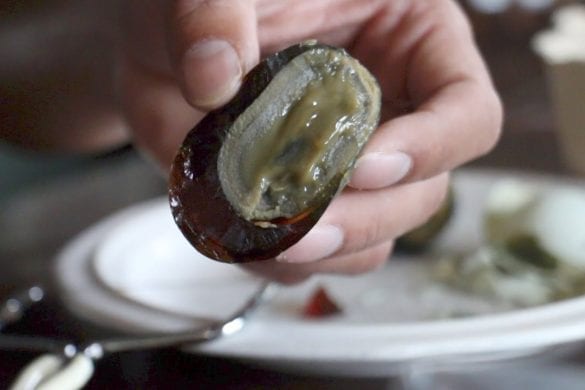
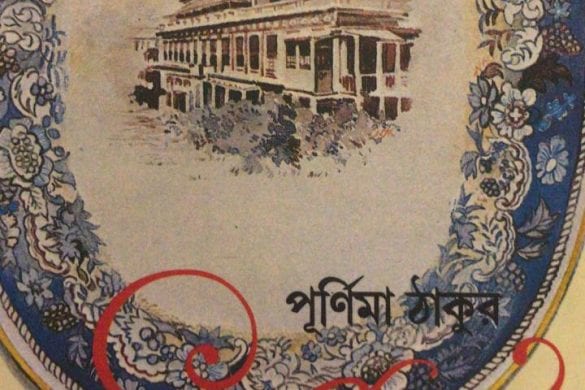



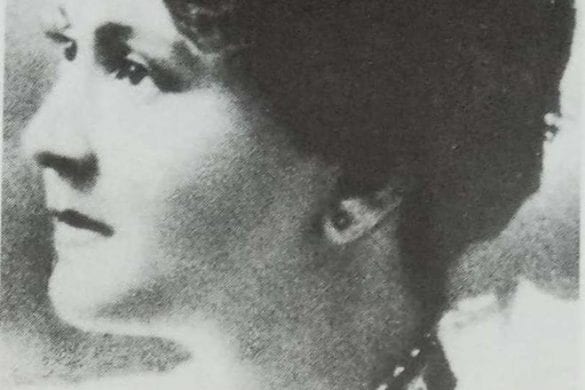
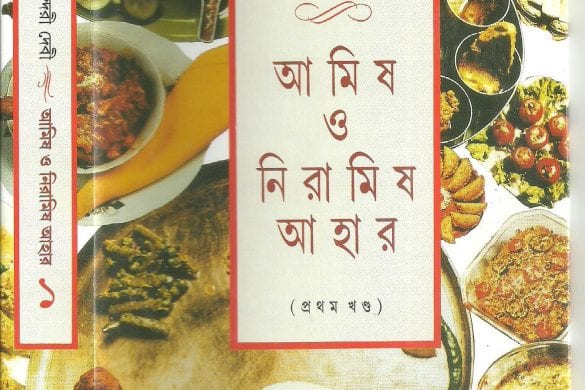
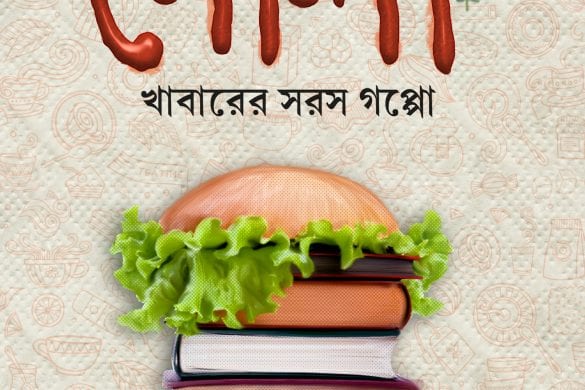
8 comments
Such an interesting read.
Thanks
Very interesting indrajit..i am also a big fan of tagore family
Thanks
It’s full of information sir.. never knew all these.. thank you for sharing the information..
[…] the 20th century, barfis were of several, uncanny types — like Pragyasundari Devi’s kabisangbordhana barfi, a neat barfi of cauliflower puree that she made for her uncle, Rabindranath Tagore’s […]
[…] the 20th century, barfis were of several, uncanny types — like Pragyasundari Devi’s kabisangbordhana barfi, a neat barfi of cauliflower puree that she made for her uncle, Rabindranath Tagore’s […]
Birth Year of the Immortal Being “Gurudeb” is surprisingly Wrong.. . To be corrected to 1861 AD.